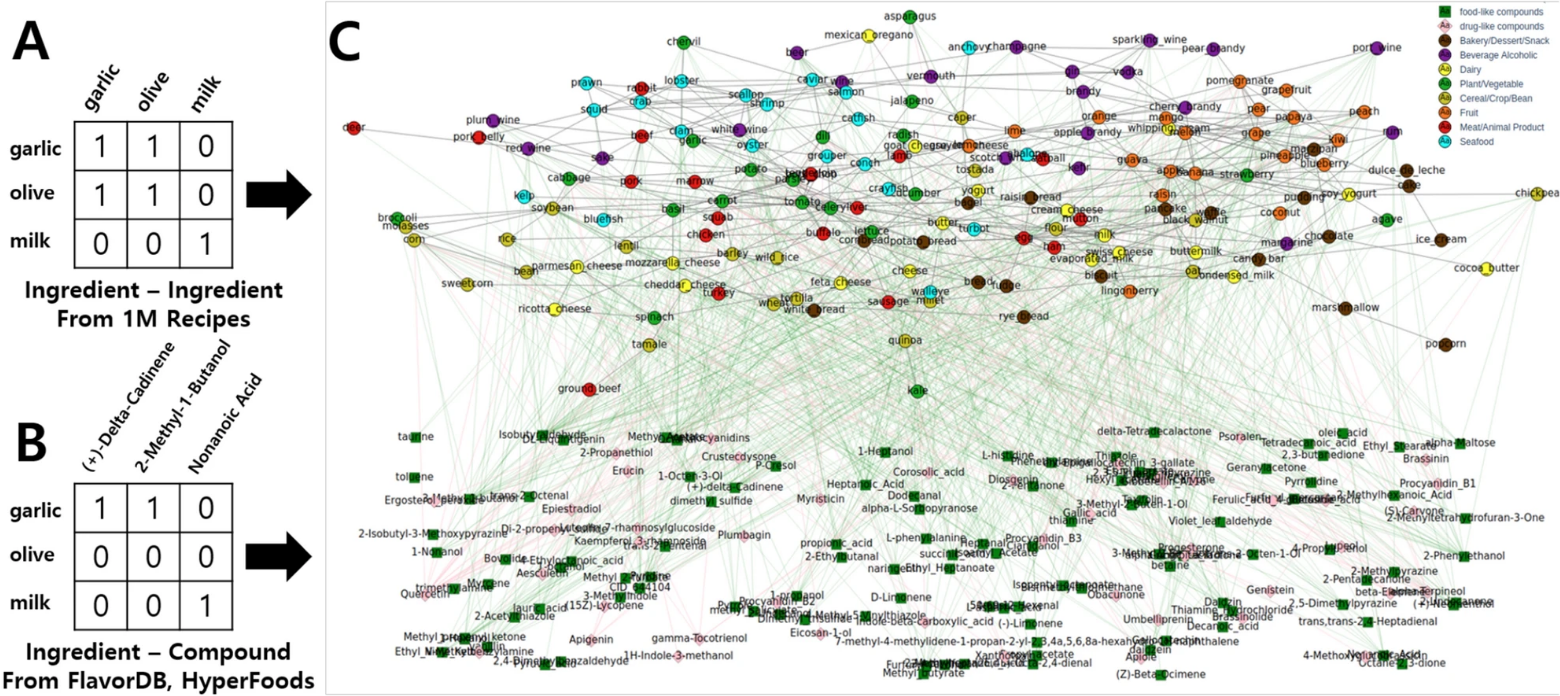Sony has a new artificial intelligence that knows how to match components at the molecular level

Meet FlavorGraph, Sony’s new system that researched over a million recipes to see which ingredients will work with which ingredients
If you turn on TV on prime time in the past few weeks, it seems like a cooking show or cooking contest is being broadcast every day and hour, as we see chefs trying to combine raw materials and ingredients that we never thought would work together. Quite true, we weren’t all born with the intuitive “wear and tear” that Kim Cohen likes to praise so much, but Sony’s new study may reveal the true reasons why some materials work so well together, and he’s mocking AI for that matter of course. After all, 2021 is now.
1 million recipes and over 1500 flavor molecules entered the system
Sony’s Department of Artificial Intelligence launched a joint study with Korea University as part of its flagship gastronomy project in late 2020. This time, it is unveiling a new tool called FlavorGraph that should ultimately predict the results of combining two ingredients or foods. But we’re not just talking about straightforward combinations like french fries and ketchup or peanut butter and jam, but also less obvious combinations like caviar and chocolate.
The researchers inserted (sorry the pun, I’m not sure it would be the last) over a million recipes into the system, but were unhappy with that, and entered information on 1,561 taste molecules. In this way, they can analyze the chemical and statistical relationship between the different ingredients, build different taste profiles for them to be successful, and explain the links between them.
The first graph published in the study was only used for model training, and it includes only 160 of the 6,653 different components analyzed in the system. The researchers claim that after creating the FlavorGraph they can also predict which ingredients will work together, but as expected, they also point out the limitations of the study, and mostly claim that some of the reconciliations found in it have not yet been scientifically accomplished. It has been tested, so there is no clear way to explain the research at this point.
After establishing the system, the researchers tried to get recommendations for the foods and ingredients that would work well with white wine, and in between. consequences You will find fillet of sole pasta, bass and capelin but also more exotic results like mushroom concentrate soup. So far, the researchers haven’t published a truly unexpected fit that causes you to fall off the chair and run into the kitchen to try it, but they claim that the more complex the research becomes and the science gets a clearer representation of foods, the strange matchmaking may be discovered. And even unhealthy or unhealthy ingredient substitutions.
If you have a few free hours, feel free to take a look at the full study posted











